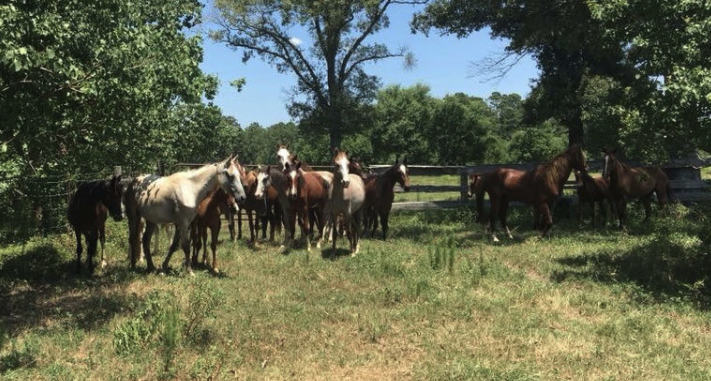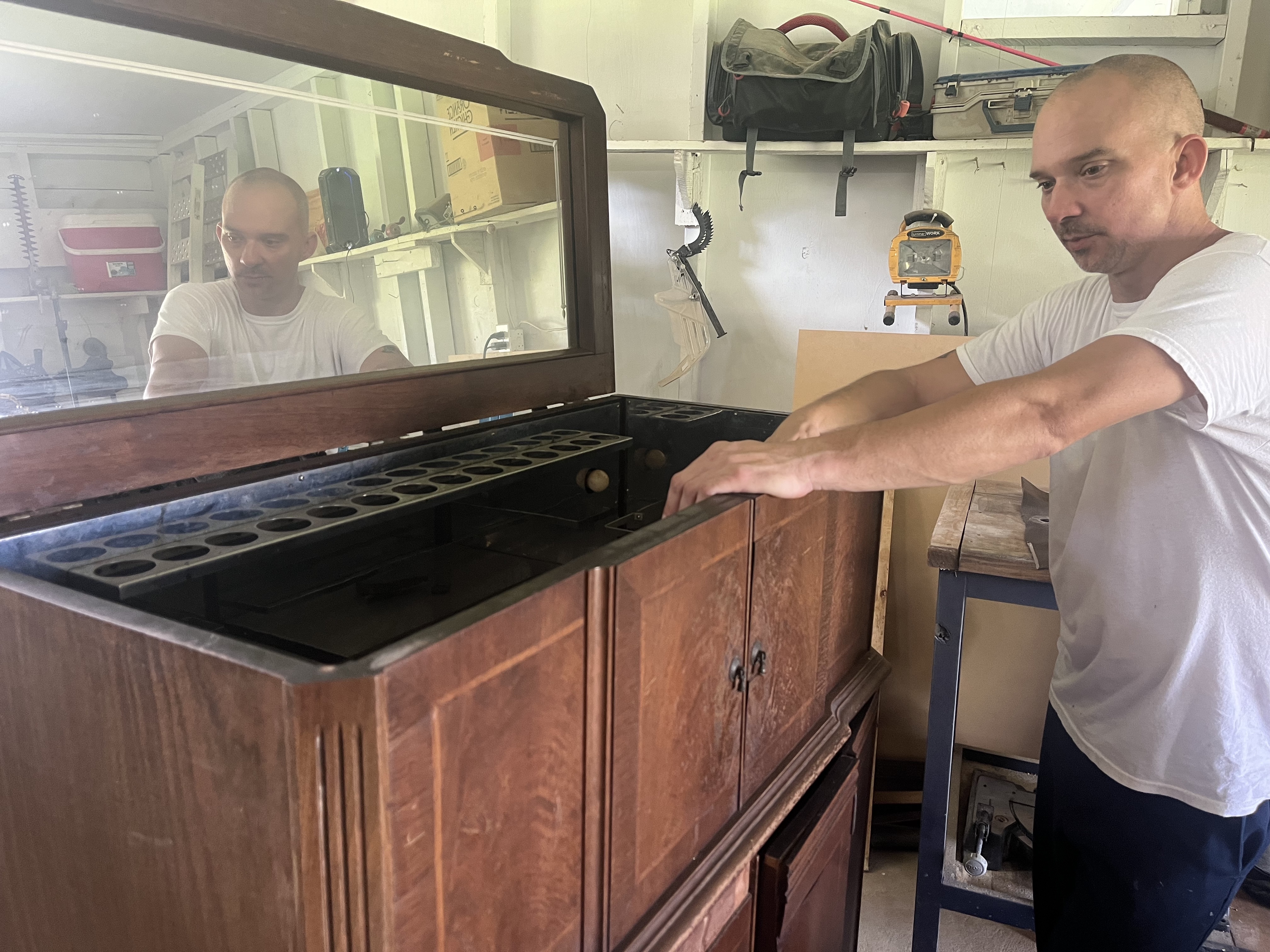Fort Polk horses likely descendants of ‘globally rare’ breed
Published 11:19 am Monday, May 24, 2021
Pamela Sleezer
New DNA research conducted on horses rounded up and removed from Fort Polk over the past four years reveals the horses show a strong DNA resemblance to those of Spanish origin, potentially supporting arguments from local animal activists that the horses deserve legal protection.
According to the Pegasus Equine Guardian Association, a nonprofit organization that focuses on protecting wild horses in Louisiana and has been vocal in its opposition to the removal of horses from Fort Polk, DNA research conducted on horses removed from the military installation has shown that the horses have the same origin, and are closest in resemblance to Spanish-derived breeds.
Experts suggest this finding means the horses could potentially be considered Colonial Spanish, a globally-rare breed.
The research was conducted by Dr. Gus Cothran, professor emeritus at the Texas A&M School of Veterinary Medicine and Biomedical Sciences, and by Dr. Phillip Sponenberg, with the Department of Biomedical Sciences and Pathobiology at the College of Veterinary Medicine at Virginia Tech.
Dr. Sponenberg said he was surprised at the DNA results, which were learned from investigating the hair samples taken from 25 horses that were part of documented round-ups conducted at Fort Polk.
“As a group, they are closest to horses in Colombia, Venezuela and Peru. Among all horses across the globe, the Colombian ones stand out as fairly unique so this is a bit unexpected, but is also significant. In light of these findings, and more would always be better, I think it is fair to say that of the populations in North America, the Fort Polk/ Peason Ridge horses stand out as being the closest to the important Caribbean/Colombian root. It was surprising to me that no close connection was found with Tennessee Walking Horses or other relatively local American breeds. They are therefore a genetic resource of horses that is distinct from others that are available in North America. This uniqueness makes them a relatively high priority for conservation,” Sponenberg said.
He further recommended that a conservation effort be utilized in an effort to protect the horses, as a “unique resource” from becoming extinct.
The scientific endorsements were heralded by Pegasus president Amy Hanchey, who said the DNA results have supported what she and other Fort Polk wild horse enthusiasts have long considered to be true of the herds that roam the military installation grounds.
“It is possible these horses have links to horses far older than anyone realizes. We are just asking for the cooperation of the Army, USFS, and local political officials to allow us all to truly understand the significance (of the horses) and support us in our mission to ensure the future of Louisiana’s wild horses,” Hanchey said.
The idea that the horses on Fort Polk are wild has been a controversial topic. In 2015, Fort Polk officials declared the herds “trespass horses” and solicited ideas on how to reduce the installation’s horse population, which was believed by officials to be in the hundreds at that time.
Officials claimed the horses were not afraid of humans, and as such created a dangerous environment for the training that went on at its Joint Readiness Training Center. Officials claimed the horses were at risk of injuring themselves and the soldiers, and in 2016 announced it would begin rounding up the horses in groups of 10 to 30 and allow them to be removed by anyone who signed up through the installation.
That process led to an intense battle between nonprofit organizations, animal rescue groups and animal auctioneers who sold the horses without regard of a buyer’s intentions for the animal.
In December 2016, Pegasus filed a lawsuit against Fort Polk challenging the removal of the horses, but failed to end the round-ups.
To date, nearly all of the horses have been removed from Fort Polk’s North Fort area and only a remaining population of about 200 can be found in the installation’s Peason Ridge area.
Hanchey is now awaiting the results of 28 blood samples that have been sent for analysis to Dr. Samantha Brooks of Brooks Equine at the University of Florida. A select few samples have also been sent to scientists in France to be part of a global study to be published in the future.
Of all the horses removed from the installation, the samples submitted represent only seven percent of the total population of those removed. Hanchey said this was due, in part, to the difficulty in getting samples from some organizations who removed horses from Fort Polk.
Hanchey said she hopes further research from the samples may help in passing legislation to protect what is left of the horses.
“This is not something to destroy, this is another truly amazing and unique thing about Louisiana that should be protected,” Hanchey said.






